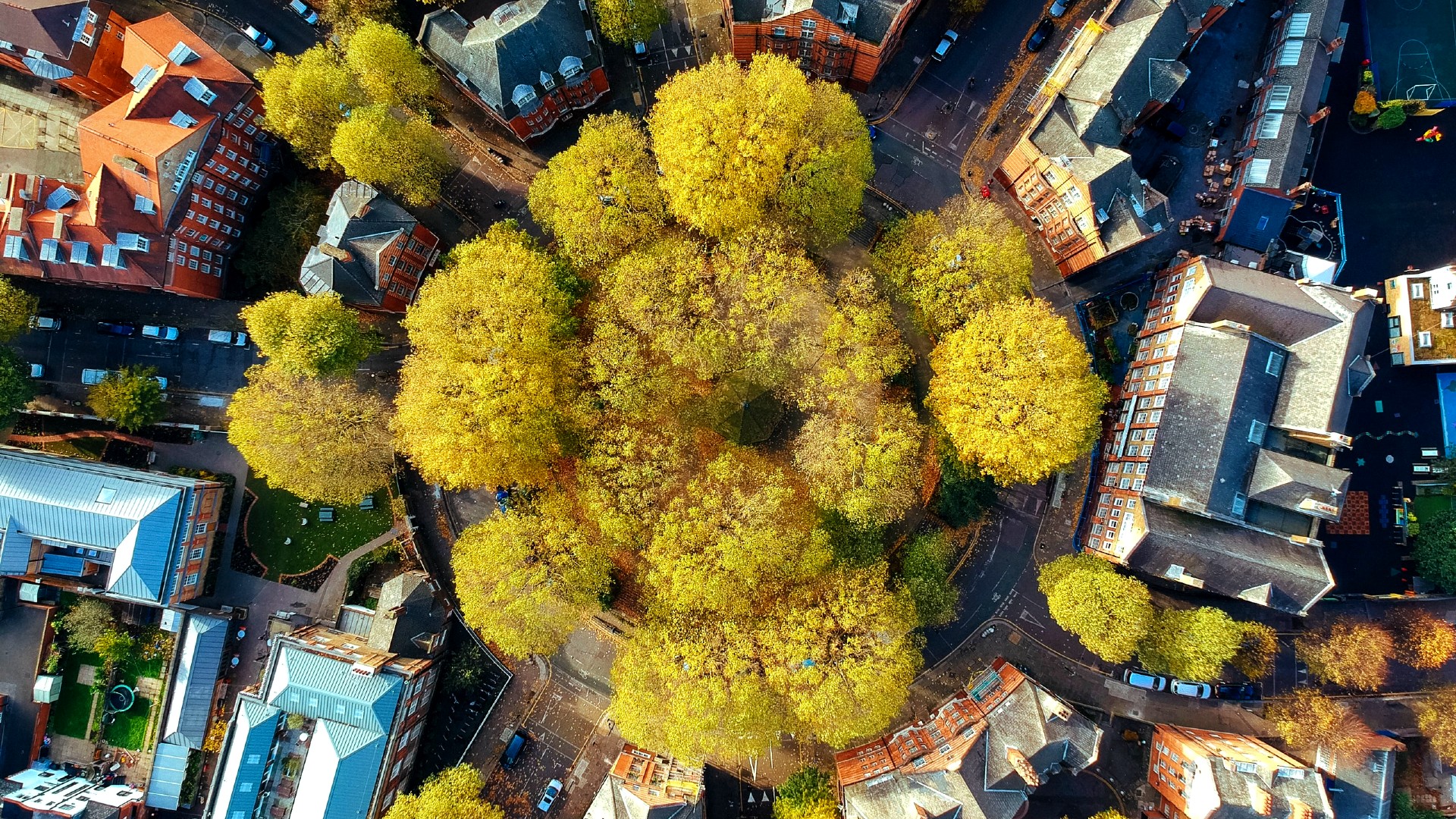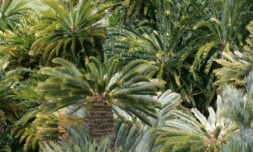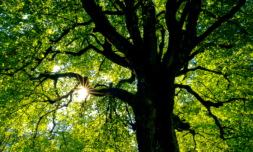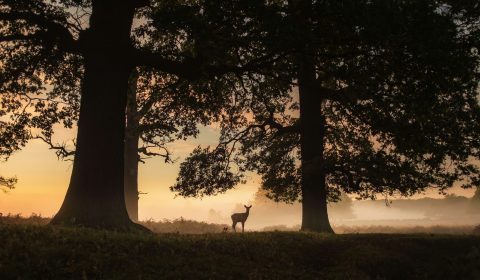According to a new study, climate change is threatening the health and survival of trees grown in urban areas to keep them cool, with more than half of the species already feeling the heat.
If you spent your summer in a city, likelihood is you were forced to endure intense, record-breaking heatwaves throughout July.
What you may not have been aware of is that, without trees, our efforts to stay inside and escape 40 degree temperatures would have been even more difficult.
This is because trees have a significantly positive impact on air quality and climate regulation in built-up areas that are otherwise typically devoid of vegetation.
How so, you may be wondering? For starters, the water vapour released through leaves produces a cooling effect that can reduce air conditioning needs by 30 per cent.
In addition, shaded areas created by trees provide twelve degree heat relief. Trees also promote cleaner air in densely populated boroughs where traffic flow is high and can (most importantly) lessen the blow of localised warming from concrete by twenty degrees.
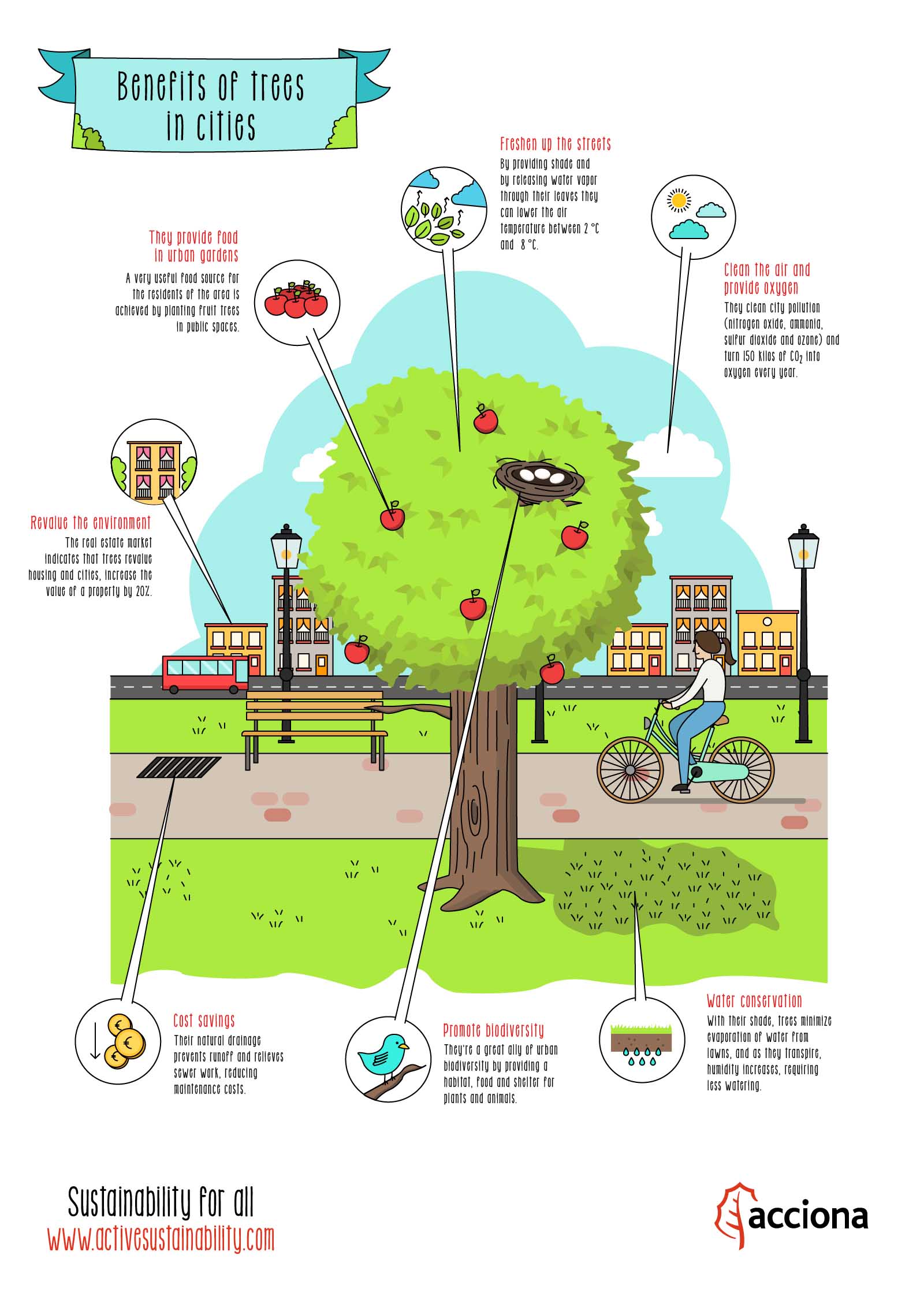
Yet, despite the benefits of this greenery in heavily industrialised spaces, a new study has unfortunately revealed that the heat may be damaging trees as much as humans.
According to the findings, climate change is threatening the health and survival of the trees we rely on to make cities liveable, with more than half of them worldwide (including oaks, maples, poplars, elms, pines, and chestnuts) said to have already been pushed beyond their comfort zones.
Within the next decade or so, this figure is expected to hit two-thirds, unless of course scientists act now – and fast – by better protecting existing trees and planting a much higher number of drought-resistant varieties.









